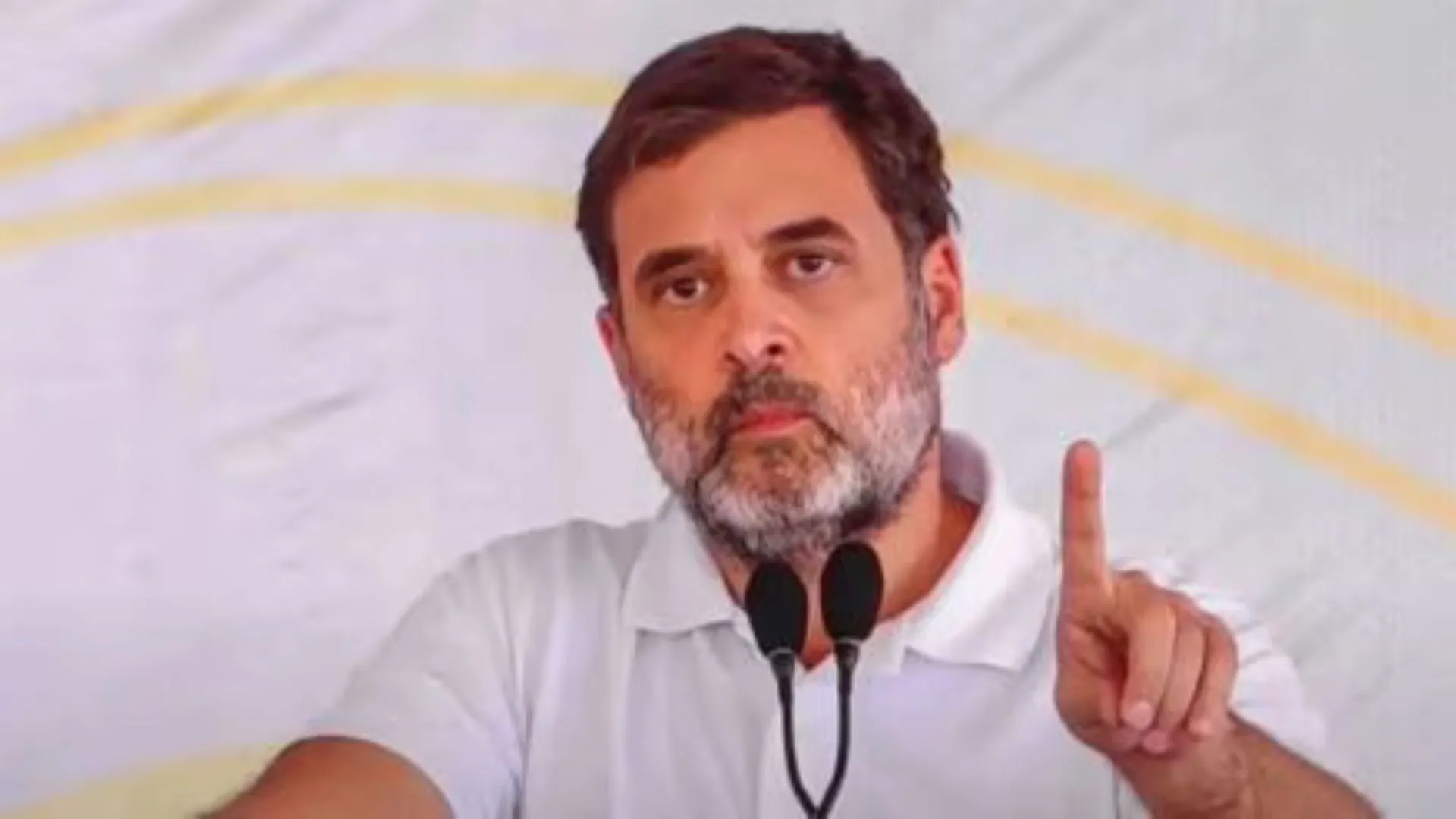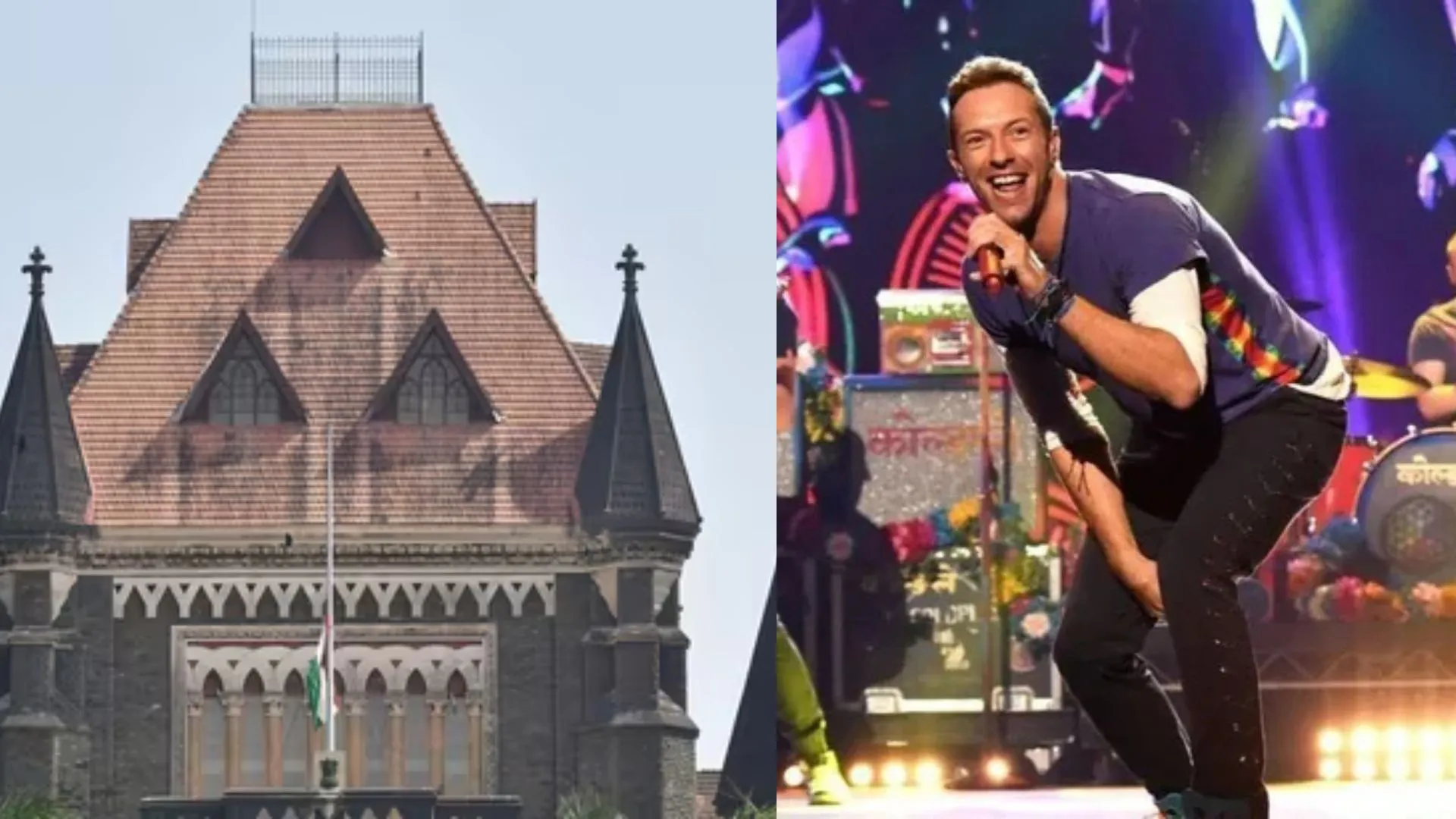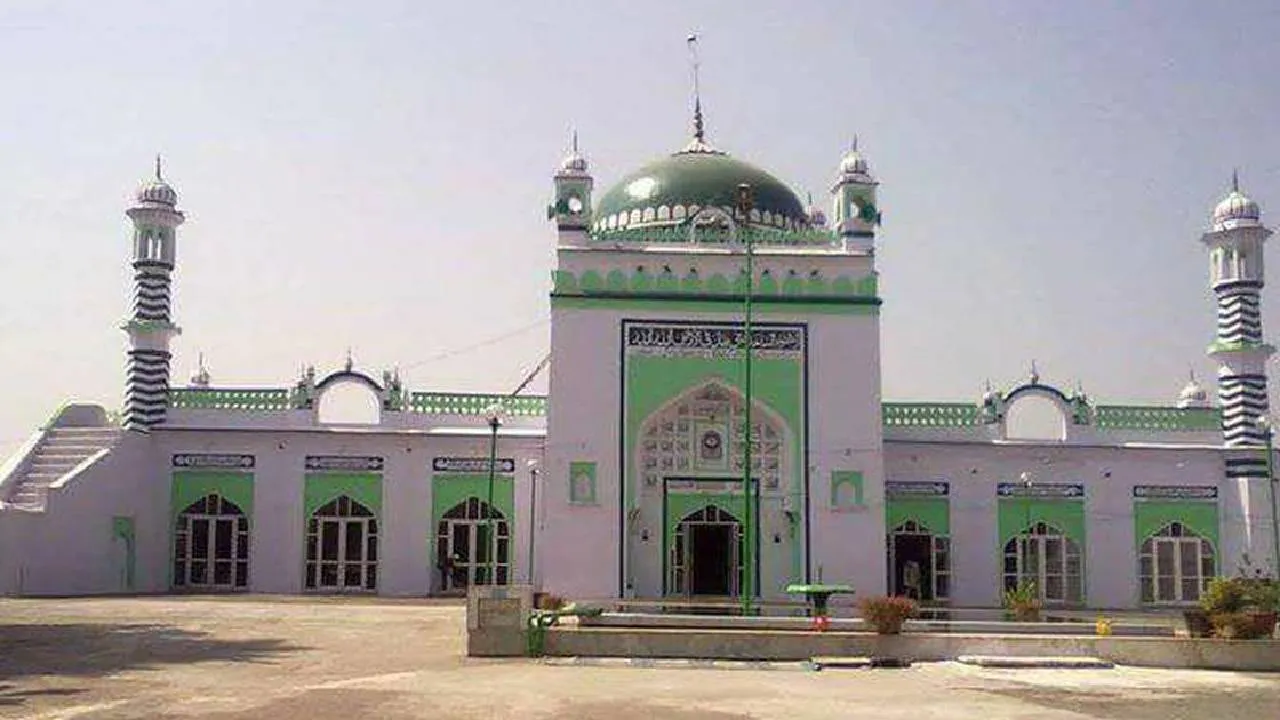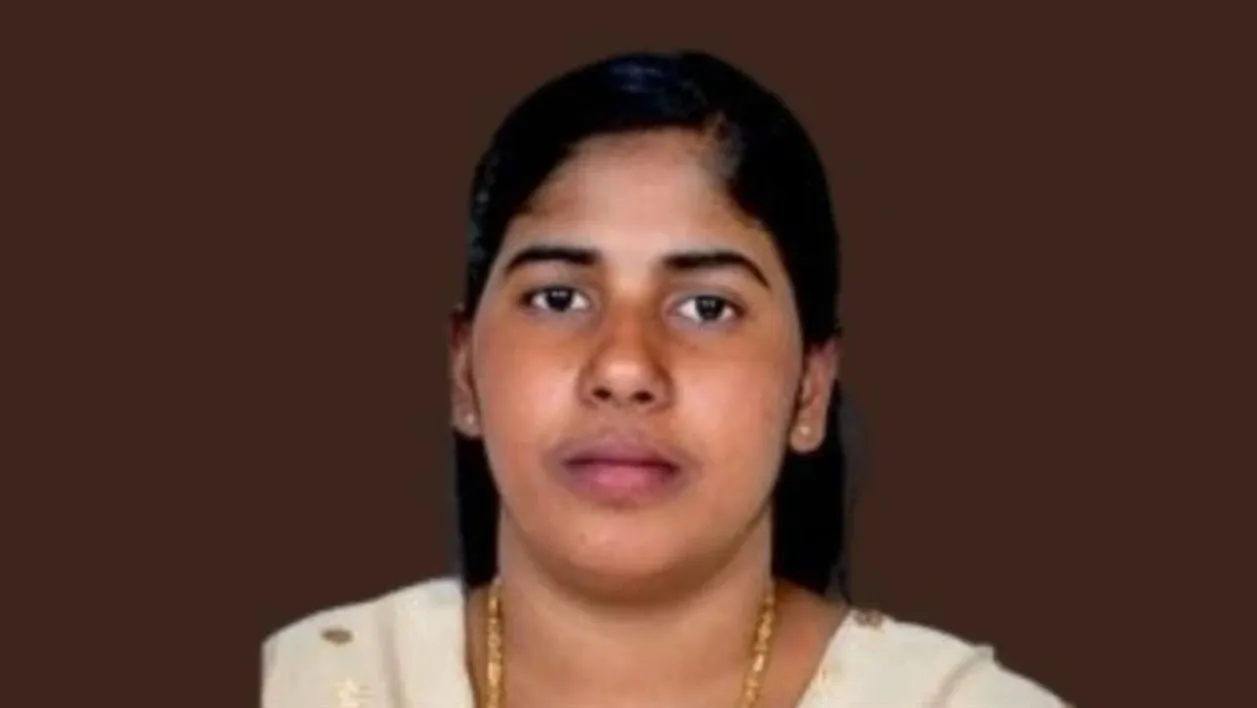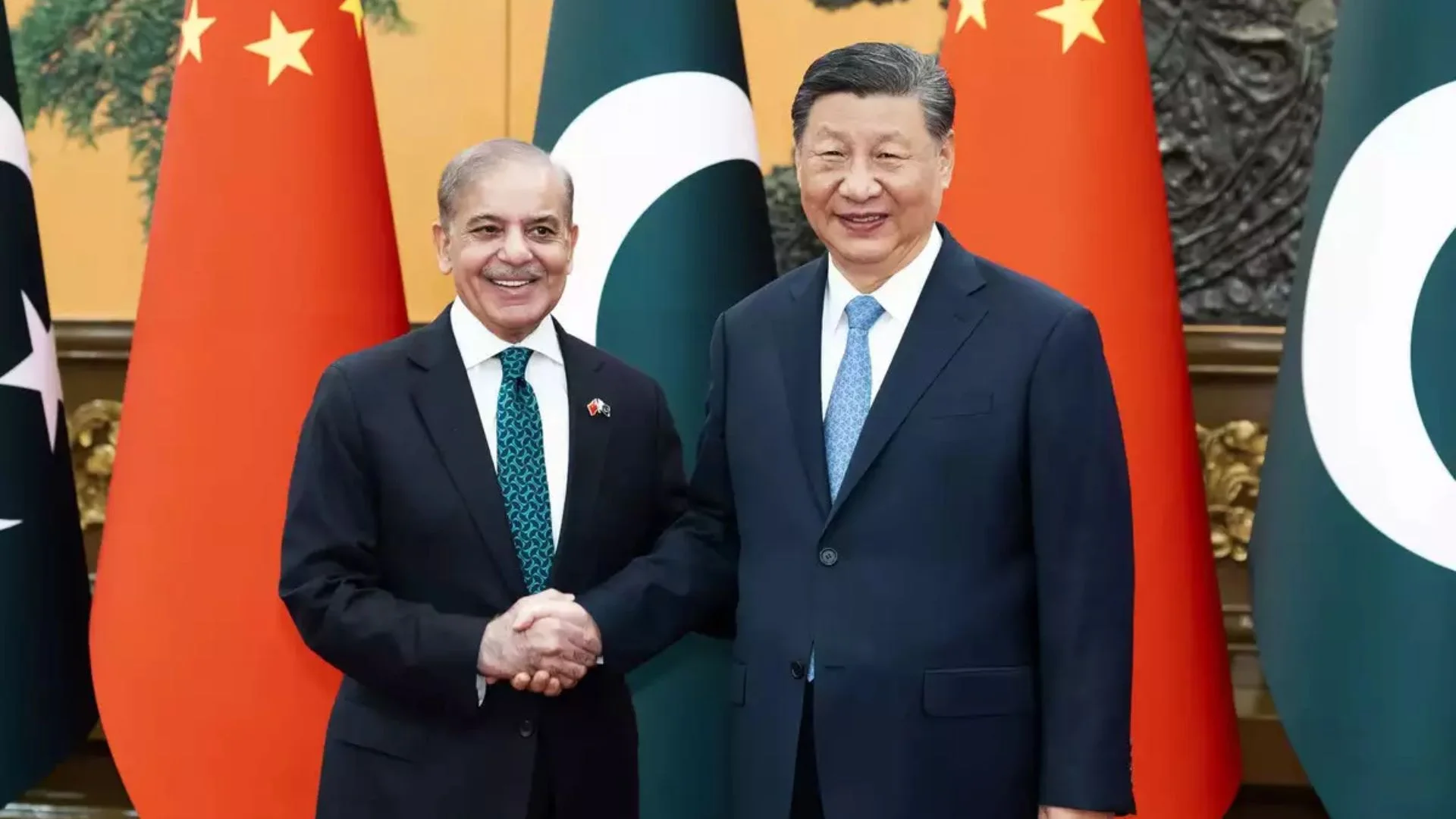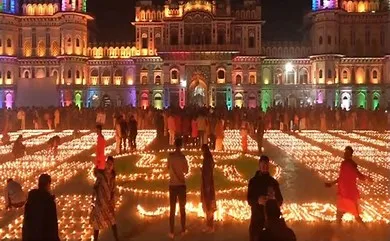The Indian judicial system, as we know today, incorporates the Supreme Court, high courts, and various subordinate courts. It began functioning on 28 January 1950. Since then, our judicial system has been able to prove itself as moral conscience keeper, upholding the rights of all citizens irrespective of their class, gender, status, religion, and on several occasions, it has also saved the democratically established government itself. Even though our nation’s judiciary has achieved remarkable feats in 70 years, the gap between ideal and reality is becoming wider and clearer over the years. Slow delivery of justice, the appointment of judges enmeshed in controversies, and ineffective disciplinary mechanisms are some of the major problems our justice system is facing. The question of delay in the administration of justice has been addressed in the past but even now there has been no considerable change and the ironic thing is that today in all the other avenues of this modern civilisation, speed and efficiency are of great significance. Delayed justice, if justice at all, has become the basic premise of Indian judicial system. There are almost 25 million pending cases all over the court. According to experts these numbers are likely to grow with the growing population unless and until something is done to tackle this. The objective of this article is to identify and study the gridlocks leading to such delay and inefficiency and to suggest effective measures to correct them.
THE BLIND SPOT: CRIMINAL JUSTICE
The criminal justice system has been revamped by hundreds of thousands of pending cases and is also skewed against the poor or unprivileged section of the society. Even though justice is served it still takes several years which highlights the deficiencies of the adjudicating authority. The constitution of India grants every citizen certain fundamental rights , the breach of which lead to legal consequences, but still, there are thousand rape cases are never investigated ,because of the belief that court may takes 8-10 year to decide the matter. This is an ongoing condition of Indian judiciary. For example in the Nirbhaya Rape cases, even after the whole nation knew that those six people were guilty of rape and needed to be punished it still took the court 8 precious year of victim’s mother’s life to decide whether they are guilty or not. The Mohammad Harrris Nalapad case in Bengaluru took into consideration the fact that the chargesheet was never filled within the stipulated 60 days period. Evidence has also been tampered with in several cases due to political pressure or sometimes due to callousness.
ROLE OF THE POLICE
It is the police who set criminal justice into motion by initiating an investigation. A police officer handling law and order duties may not be able to pay adequate attention to the specialised field, hence law and order and investigation duties must be separated, which the supreme court has recommend in its order on police reforms though practical difficulties come in the way of its full implementation a specialised unit can be started in every district to investigate crimes of a grave nature such as murder and rape. Often the police delay filing of chargesheet. Sometimes chargesheet returned for rectification, forensic reports too are delayed as just few forensic labs exist. More labs should be opened with capabilities for cyberforensic, DNA testing, handwriting comparison and so on, every district should have one. Even after the chargesheet is submitted in the court, there is considerable delay in taking the cases on file and committing them to the court. Special court exclusively for the trial of heinous offences such as murder and dacoity must be set up with powers to take cognisance of offences directly and conduct trial on day to day basics. Many provisions of the criminal procedure code enable the accused to delay trial. Such provision intended to provide every opportunity to the accused to defend themselves are often used to delay and scuttle trials. Once the court takes cognizance of a case, it should be the bounden duty of the accused to appear for the trial. The accused should be put to jeopardy if they try to abscond. The accused adopt many delaying tactics absenting themselves one after the other without receiving copies of documents relied upon by the prosecution; failing to appear to give explanation for the charges and filing discharge petition one after the other and later going on appeal. When trial finally starts the witnesses are first examined but the defence counsel defers cross examination. The accused then seek repeated adjournments by filling petitions under section 317 of c.r.p.c examination of witnesses questioning of the accused and so too are deferred. Another method is to abscond and remain untraceable for a long time. Warrants are then issued against the accused If one absconding accused is secured and produced before the court, the co-accused will abscond one by one. After closure of prosecution the defence counsel invariably represents that they propose to examine the defence witnesses but after many adjournments, they will say there are no such witnesses. Likewise the oral arguments are delayed by giving excuses such as personal inconvenience of counsel.
SOME MAJOR OBSTACLES AND DEADLOCKS
It is unfortunate that despite the Indian judiciary’s many successes, it is suffering from several structural problems that hamper its effective and efficient administration of justice. Unlike in the past this structural mess can be understood and analysed in a better way in present times, due to better availability of data. There are numerous reasons behind the law’s delay and ineffectiveness. The inadequate number of judges as well as courts in the country is one of the primary causes of delayed disposal of cases. In the year 2000, unlike 107 judges to every million in the US, 75 in Canada, India only had 10.5 per million people. Incompetent and inefficient judges are another such reason. In Indian courts it can be easily seen that there is a habit of taking adjournment by the majority of the lawyers for their own benefit. This is one of the big reasons for such a huge number of pending cases in India. The legal costs and all the expenses that a person has to incur to commence a legal action, even for a small claim any legal action possible. The procedure and formalities are so complex and full of technicalities that it hinders the litigants at every stage. A lot of time is wasted on jurisdictional arguments sufficiency of notices; causes of action and other procedural issue .And even after the court of law has given the initial judgements the number of counter appeal in higher courts iis also one of the reasons for delay in imparting justice
There is another reason for the ineffectiveness in the working of our judiciary like many Supreme court and high court judges being made to study various commission reports and recommendations which in turn hamper the working of our courts. Political affiliation and sluggish tactics committed by judges also defeat the true essence of the justice system. One of the biggest reason for the delay in our courts in our country’s diverse culture, language, religion sentiments, customs and practices which pose an unsettling issue in front of our courts in i.e whenever a matter is addressed before a court of law, the rule to be applied is capable of hundreds and thousands of interpretations which prevents the judge making a straightforward and quick decision is not so complicated matters
AMENDMENTS TO THE LAWS TO OVERCOME THESE PROBLEMS
The following amendments in the C.R.P.C need to be carried out. Section 207 may be amended to furnish copies to counsel when the accused is absent. Section 228 and 240 may be amended to get explanation from counsel when the accused is absent. Under section 227 and 239 a time limit of 30 days from the date of receipt of copies may be set for filling a discharge petition . Section 317 may be amended to enable the court to examine witnesses in the absence of the accused and their counsel. In the revisional power under section 397 and inherent powers under section 482 necessary provision may be inserted so that the other party heard before passing interim orders on the investigation and prosecution. The bail provision under section 436and 437 may be amended so that the accused who violate bail conditions can be detained till the completion of the trial. Provision may be included in the bail bond to obtain the consent of the accused to conduct the trial in his absence in case of breach of conditions. Some of the frequently reported offences under section 294[b] 147,148,279,324,384 and 498A of the Indian Penal code which are not every serious in nature can be brought under compoundable offences.
SUGGESTIVE MEASURES FOR THE WAY AHEAD
The necessary changes cannot be brought in one days, but surely they will come if we strive for them. Despites many loopholes and deadlocks a change needs to take place to reform the justice system in India. The number of judges should be increased in the High court as well as the Supreme Court. Although we have highly qualified judges, their strength has failed to administer justice. As discussed earlier, we are far behind in the appointment of judges as compared to other developed nations, which is the main reason for inefficiency and effectiveness
A Fast Track court should be set up and also there is an urgent need to increase the number of tribunals, judicial and quasi-judicial bodies. Each tribunal must be categorized according to the specialization of its judges which reduces the burden of the courts.
A major shift needs to be made from adjourning authority to adjudicating authority and advocates who seek delay excessively must be condemned severely. People should be made aware of the Alternatives Disputes Resolution system like mediation, arbitration conciliation, etc, which ensure speedy justice to trivial cases and screening of matters that require court assistance. In addition, the number of appeals should be capped and the court must extensively use video conferencing to examine witnesses
CONCLUSION
Justice is the foundational goal of any civilization. Thus, it is imperative for the judicial system to perform its duty with due diligence so that society can strive for peace, harmony and progress. Article 39A of the Indian Constitution shines light upon the concept of free legal aid to poor and weaker sections of society, but keeping the present state of mind, it has failed to achieve significance. The judges are considered equivalent to god, hence it their duty to ensure that no guilty person escapes unpunished. Since our independence, we have suffered a lot due to the excruciating slow pace, but now is the time when reformations must be done in the judicial system. “Justice delayed is justice denied’’ should be the major aim of every adjudicating authority.
If this is not so, then how much we develop economically or technologically doesn’t matter because we will never be a developed nation.
It is unfortunate that despite the Indian judiciary’s successes, it is suffering from several structural problems that hamper its effective and efficient administration of justice. Unlike in the past this structural mess can be understood and analysed in a better way in present times, due to better availability of data. There are numerous reasons behind the law’s delay and ineffectiveness. The inadequate number of judges as well as court in the country is one of the primary causes of delayed disposal of cases. In the year 2000, unlike 107 judges to every million in the US, 75 in Canada, India only had 10.5 judges per million people.


